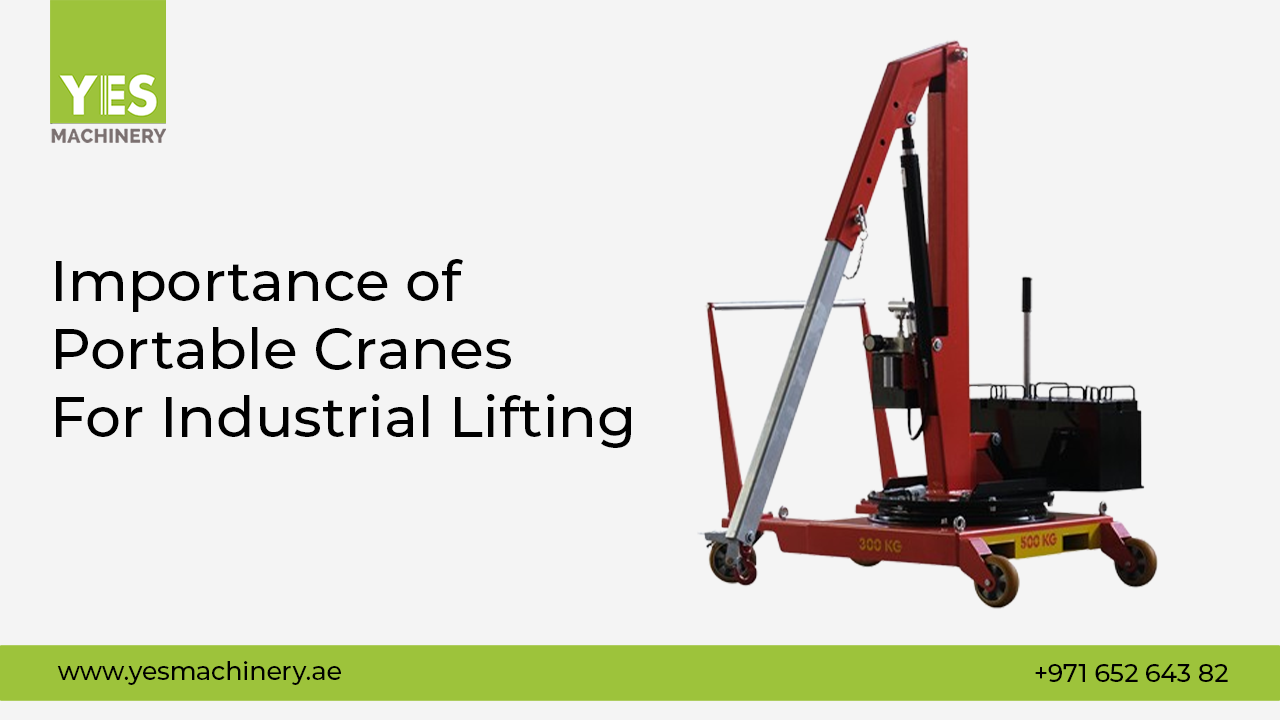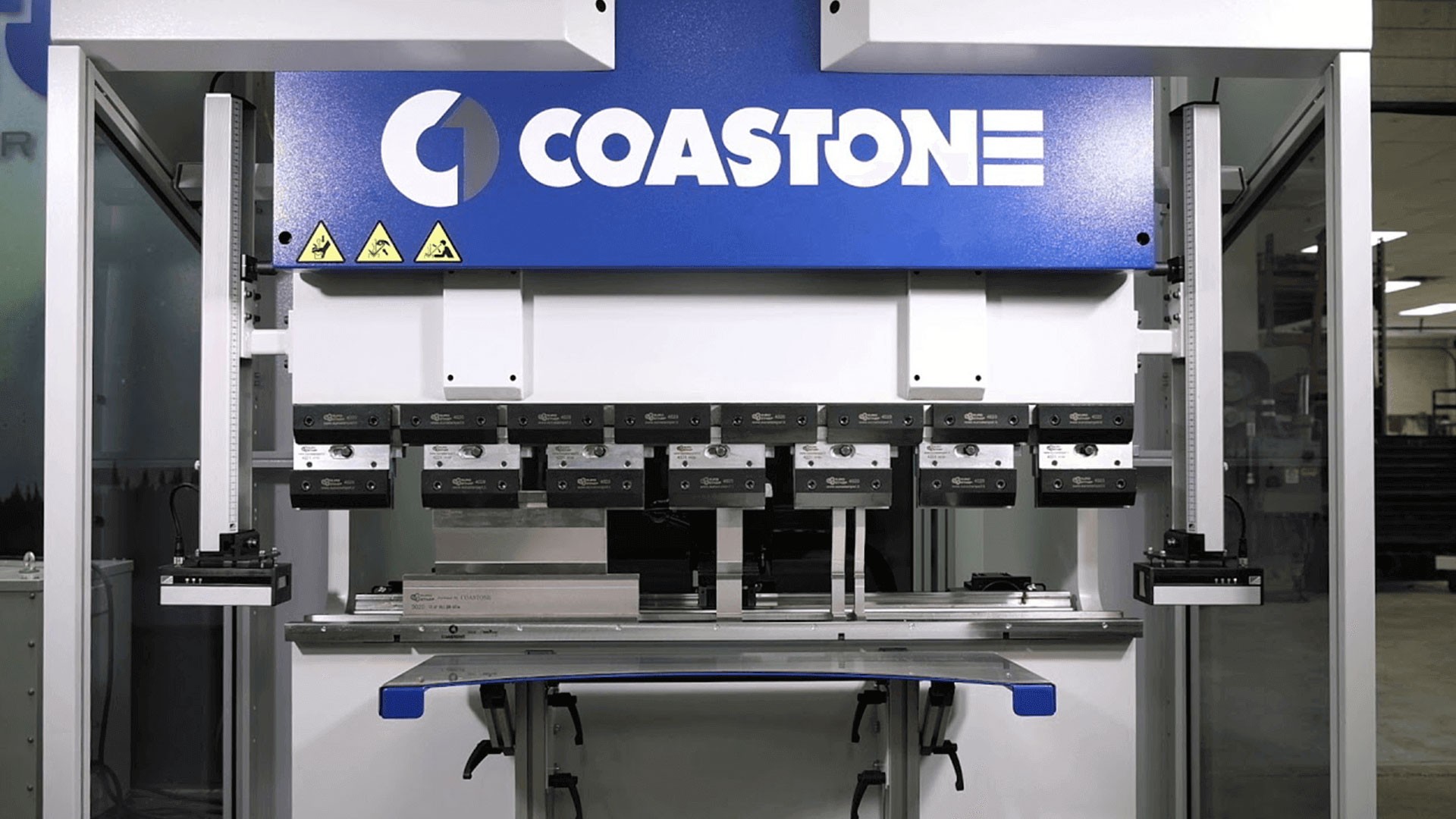
Concept of Pressbrakes & advantages
- These press brakes are incredibly accurate, combined with the absence of hydraulic oil they can produce high-quality and accurate components for years of production.
- This results in shorter cycle times compared to traditional hydraulic press brakes and reduces the risk of polluting oil.
- Cycle times are said to be 2 to 2.5 times quicker than their hydraulic counterparts without having any negative effect on operator safety.
- Our press brakes are supplied with the most advanced safety systems, the Coastone C-Series can be equipped with a simple light curtain to the most highly sophisticated Laser Safe system for maximum operational safety.
- They are also up to 50% more energy-efficient than a comparable hydraulic press brake. The electric press brakes only consume energy when the upper beam is moving.
- Category Metal Forming
Concept of Pressbrakes & advantages
Press brakes are a common type of machine tool found across the industry, serving to bend sheet metal workpieces into pre-programmed shapes between top and bottom (punch and die) toolsets that close together.
Traditionally, hydraulic drive systems have been used to create the required closing force, but in recent years an increasing number of press brake manufacturers have set about developing electric alternatives.
Electric press brakes are fast becoming the preferred option for fabrication shops that need to boost productivity, increase bending accuracy and safety, save money on energy bills, and improve their environmental credentials, as the need for hydraulic oil usage and disposal is no longer necessary. Low noise and minimal maintenance are among further advantages. The advantage of the electric machine is that the motors are used only during bending and go off during standby.
In essence, the ball screw acts as a piston and is controlled by the electric motor for high accuracy performance. As well as hydraulic machines, the system can also be used to replace the connecting rod/crank system found in press brakes with mechanical drives.
A choice of two types of servo-electric press brakes are available – the direct ball screw driven C-Series from Coastone or the E-Brake system based on the pulley principle from Safan Darley. Machine configurations with pressing forces from 18 to 300 tons and working lengths from 0.5 to 4.1 meters are available in fully electric models.
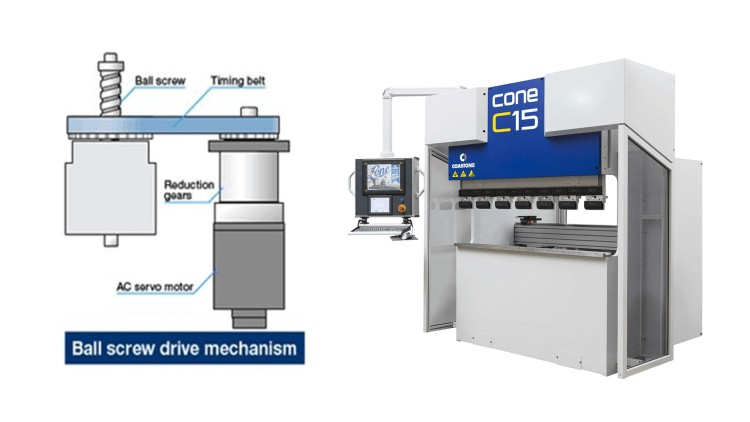
For Example, Coastone press brakes technology is advanced because its uses a servo motor & ball screw mechanism. So, no linear encoders are used. There is direct motion from the servo motor to the ball screw. This results in fast cycle speed
While
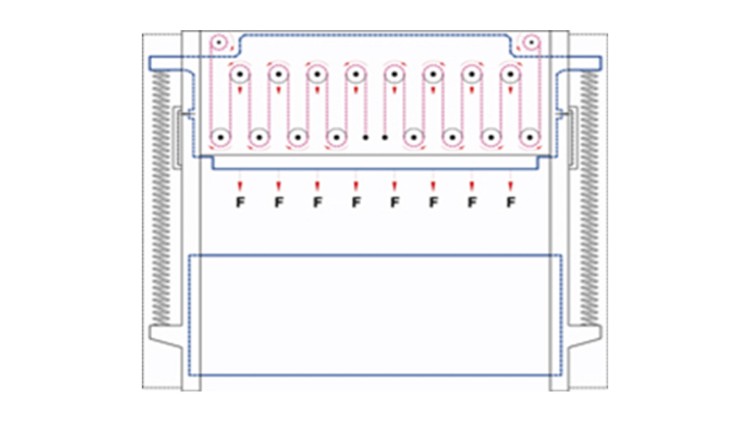
Pulley-driven electric press brakes use a multiplier effect to operate with a bending force of 330 tons or more. AC servomotors drive a double-pulley system that extends across the length of the press brake ram. They use linear encoders resulting in low cycle speed.
Electric press brake technology has become more practical and cost-effective for a wider range of production requirements.
Fast, Precise, and Safe
Press brakes remain a common bottleneck in metal fabrication. It takes far longer to form a part than it does to cut it, and qualified, experienced press brake operators are becoming a rare find. The “art” of operating a traditional press brake—from shimming tools, programming bend sequences, and then performing the test bends—can take hours, even for experienced personnel. These days, offline pro¬gram¬ming and real-time adjustments on the brake allow for minutes-long, not hours-long, setups.
Electric press brakes represent the latest evolution of the bending machine tool. Indeed, many machines simply cannot operate unless proper safeguards are in place and fully functional. The technology has made the bending process not only faster and more accurate, but safer as well.
Related Blogs
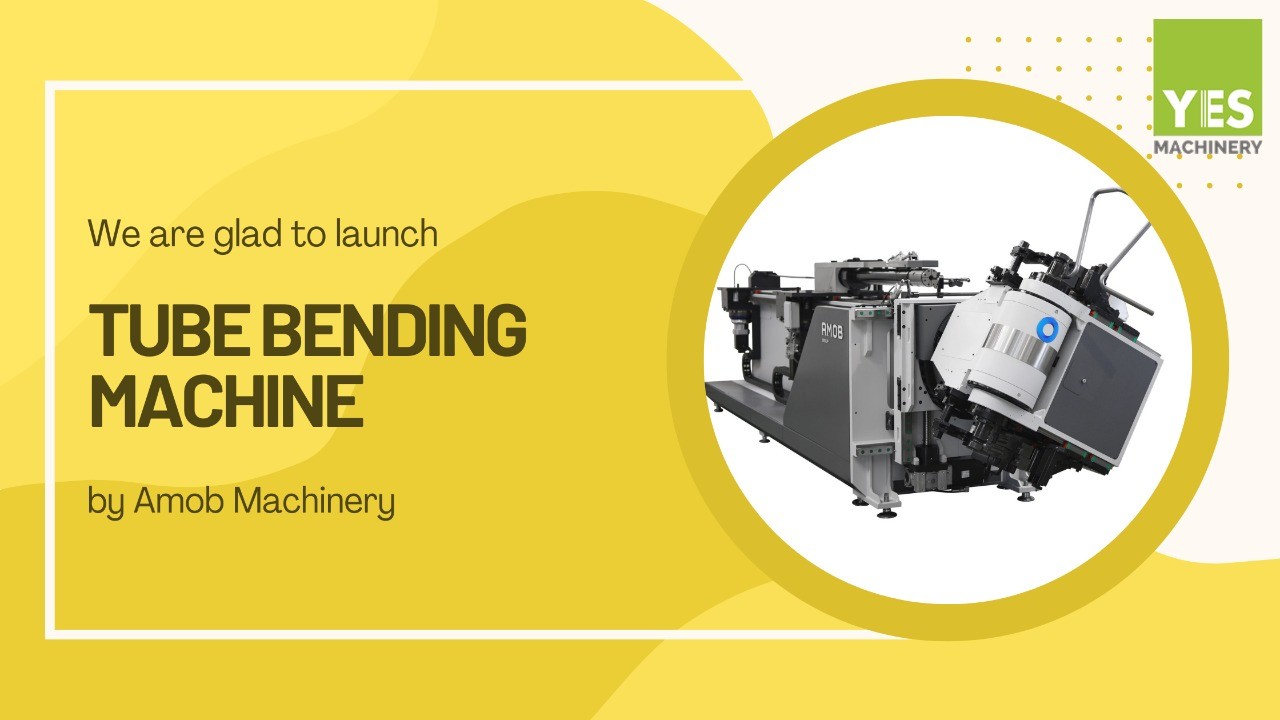
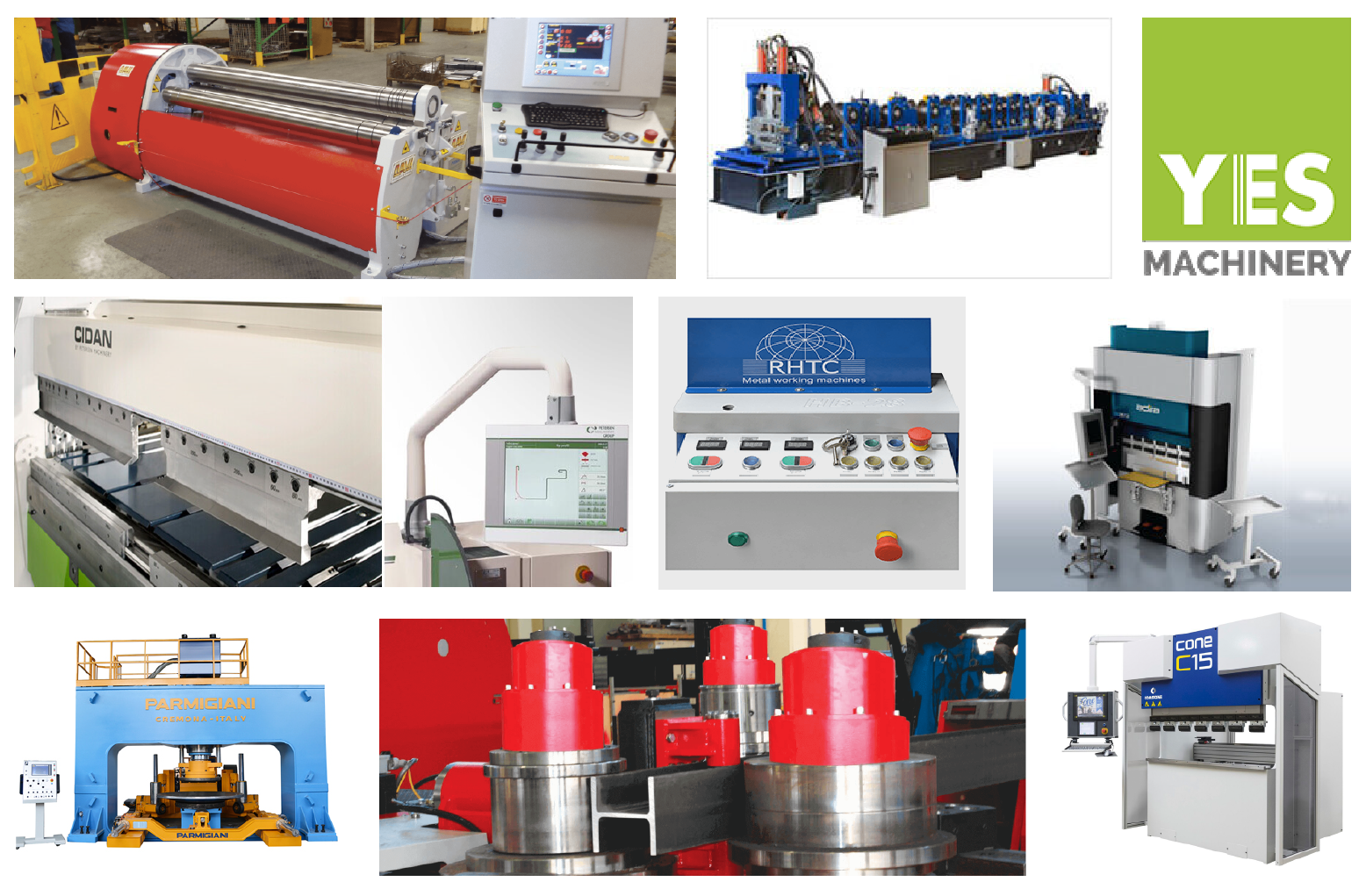


Search
Latest Blog

Safety Tips for Using Pressure Washers in Industries
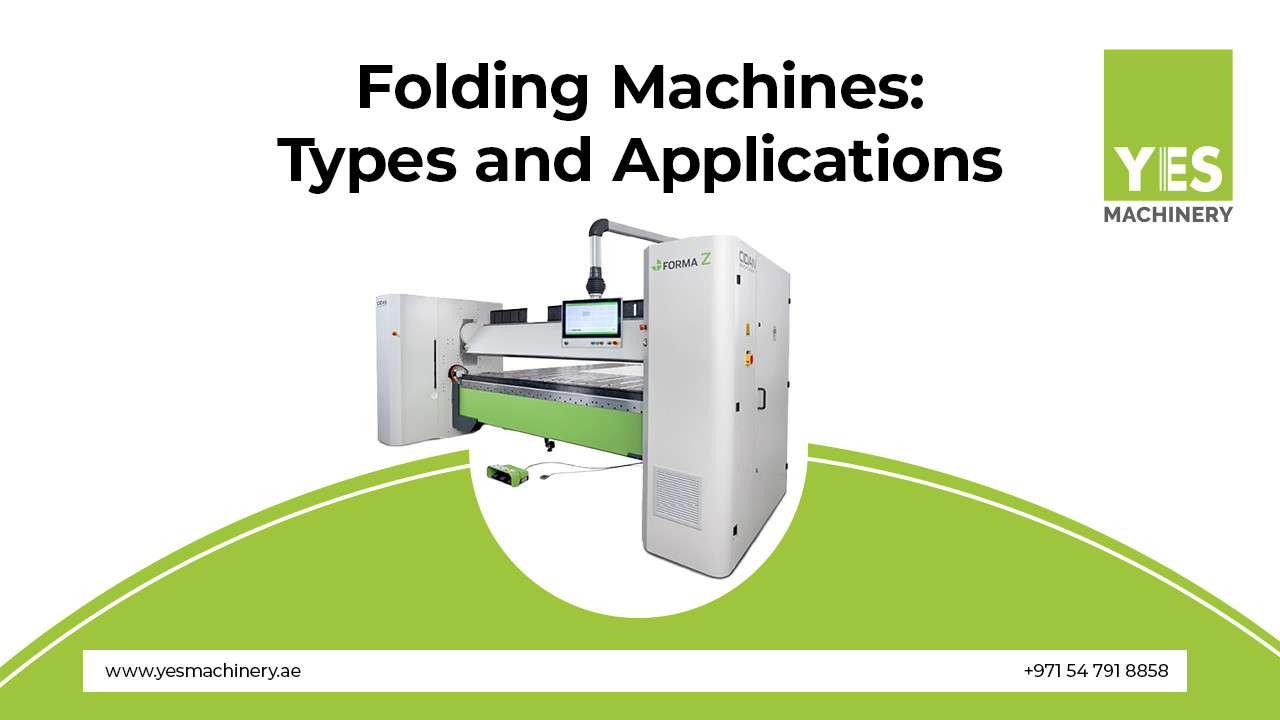
Understanding Folding Machines: Types and Applications
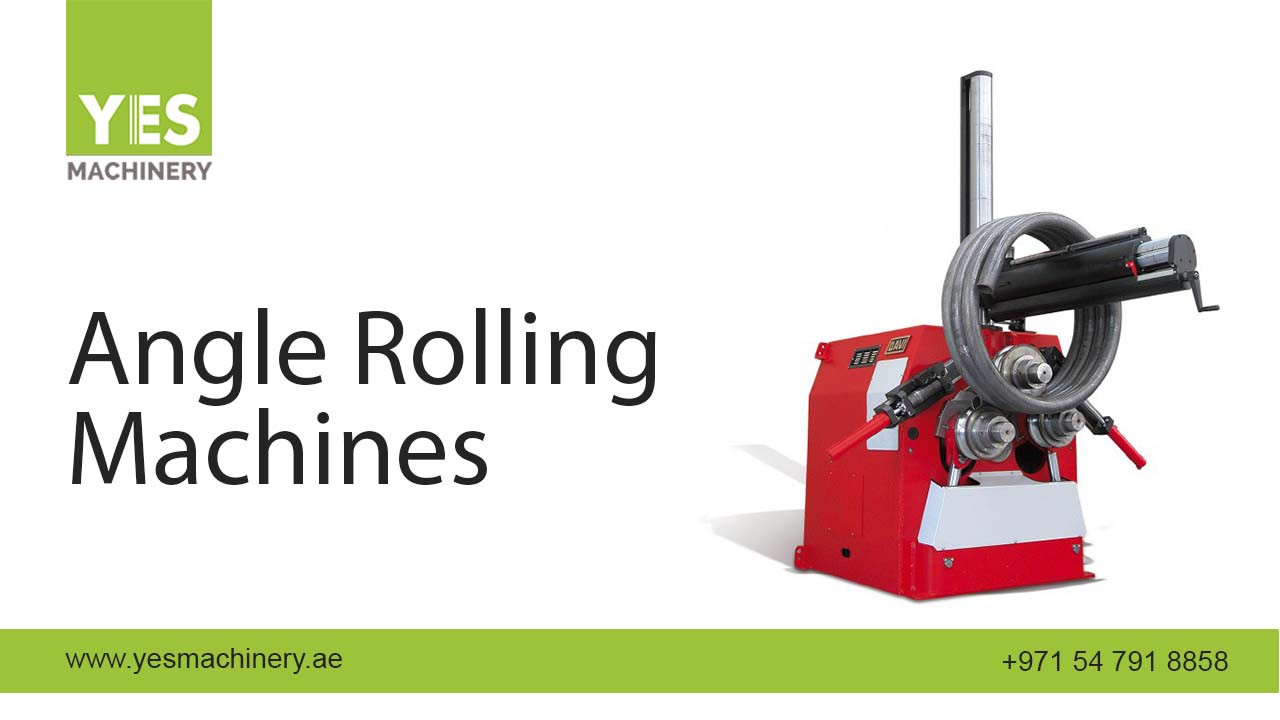
How Angle Roll Machines Are Revolutionizing the Industry
Categories
- Assembly and Lean
- Cleaning Machines
- Cleaning Robots
- Cutting, Notching, Punching
- Edge Preperation
- Grinding Machines
- Industrial Vacuum Cleaners
- Lifting
- Lifting and Manipulation
- Machines
- Marking Solutions
- Metal Forming
- Metal Joining and Fastening
- Packing
- Pipe Handling
- Storage Solutions
- Sweeper Tool Carrier
- Vacuum lifting machine
- Warehousing and Storage
- Welding


